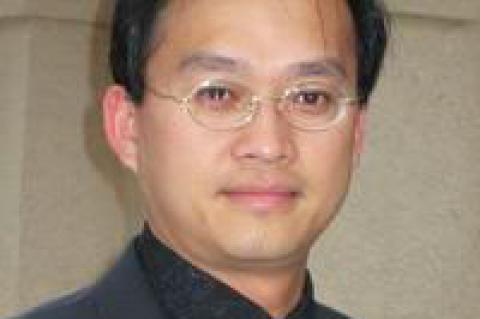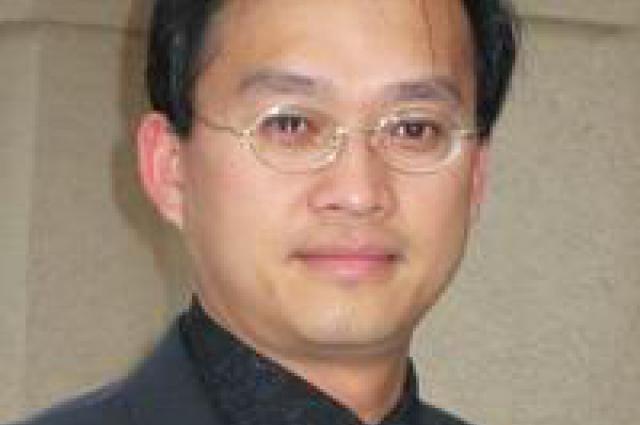UA Engineer Awarded $1.2M to Research Effects of Human Behavior on Traffic Patterns
UA traffic engineer Yi-Chang Chiu has embarked on a three-year traffic modeling research project to replace the 1950s model still used to forecast current transportation needs.

Chiu's new model incorporates individual human behavior traits into traffic modeling on a day-by-day basis, which will allow him and his team to forecast the evolution of behavior with a transportation system over a long period.
The project is known as VASTO, which comes from its full title, Evolutionary Agent System for Transportation Outlook.
"The deficiency in past practices basically lies in the inability to describe human behavior in a realistic manner," said Chiu, who is also director of the DynusT Lab at the UA College of Engineering. "In our past predictions, we treated everybody pretty much the same." Previous models predicted population movement more on a macro level, Chiu said. "We simulate individuals."
The human behavior element will be derived from census data and metropolitan planning organization travel surveys. This will incorporate the range of human whims with driving decisions, such as stopping at the store or suddenly deciding to go straight if too many cars are in the left-turn lane. VASTO simulates habitual patterns with real-time reactions.
This proposed VASTO modeling system marks the first time that individual human behavior is at the heart of traffic modeling rather than relying on past traffic trends and extrapolating them.
Chiu's ambition for VASTO is to give transportation planners a robust behavior based tool to find alternative ways to provide adequate transportation without necessarily just adding more lanes or building more roads.
"Most cities keep on building to meet peak congestion hours," Chiu said. He wants to determine whether we achieve more by building less, or by not building at all. "In the past we did not understand the mechanics of behavior so we didn't know how to manage data," he said.
The overall goal of the project is to completely change the approach to traffic management. Chiu wants to know: "If I don't build it, is there another way to manage and influence behavior? That way we can better utilize existing infrastructure."
This planning tool will allow planners to see what would happen if, for example, traffic was rerouted because of bridge construction, or if construction of a cross-town freeway was proposed, or a regional shopping center.
"You can perform what-if analyses," Chiu said. "We have not been able to do this in the past because the computer has not been fast enough to run a model in a reasonable amount of time."
The size of the $1.2 million FHWA grant is an indicator of the significance of Chiu's VASTO research. "In transportation, this is a top-of-the-line grant size," he said. "For a single project, that's very large."
VASTO will ultimately be a free, open-source technology, although users will require extensive training.
Chiu's research partners at UA are Young-Jun Son and Larry Head in the systems and industrial engineering, Mark Hickman in the civil engineering and engineering mechanics department, and Sandi Rosenbloom in the College of Architecture and Landscape Architecture; Jyh-Ming Lien of the computer science department at George Mason University is also a research team member.


